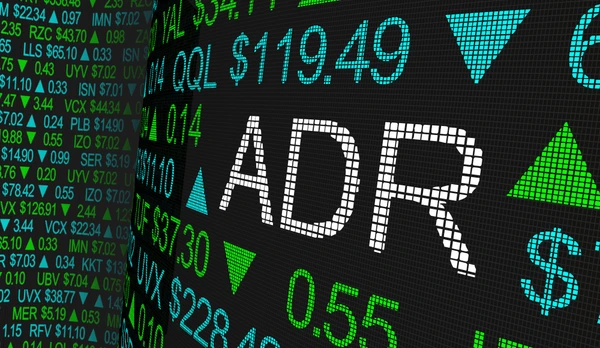
A Depositary Receipt (DR) represents ownership of underlying ordinary shares of a company in a foreign jurisdiction, distinct from where the DRs are traded.
Two Types of Depositary Receipts (DRs):
- American Depositary Receipts (ADRs)
ADRs enable foreign-listed companies to access American stock markets. - Global Depositary Receipts (GDRs)
GDRs provide access to global stock markets, predominantly European markets.
Personal note: I believe investing in foreign shares through DRs can be an attractive option, offering access to markets that might not be easily reachable otherwise.
Two Reasons to be Careful with DRs:
- Currency Discrepancy
DRs typically trade in US dollars, while their financial statements are reported in the local currency. This dissonance can impact valuation and financial analysis. - Conversion Rate Complexity
A single DR share often corresponds to multiple common shares traded on the local stock market, adding complexity to valuation.
When utilizing stock market screeners or analyzing key financial ratios, it’s crucial to acknowledge that the presented data may not align with reality. Always verify the currency in which the DR is traded and compare it with the currency in which the financials are reported. Additionally, understand the DR/common shares conversion rate to accurately assess the company’s valuation.
Explore Data from the Biggest Depositary Banks
Here is a list of the biggest depositary banks along with links to their specific DR websites. These resources provide essential data for conducting due diligence on DRs. Enter the stock ticker or company name on these platforms to access comprehensive information.
• JPMorgan Chase & Co.
Website: https://www.adr.com
• Deutsche Bank
Website: https://www.adr.db.com
• The Bank of New York Mellon (BNY Mellon)
Website: https://www.adrbnymellon.com
• Citibank
Website: https://depositaryreceipts.citi.com
Personal note: I prefer to start my research with adr.com and use other sources as supplementary validation or for further investigation in case of discrepancies or incomplete data.

